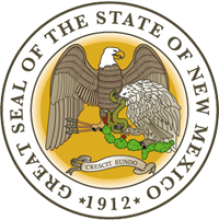Education Week Shines Light on Rural Schools' Plight
A recent series of in-depth articles from Education Week brings to light a persistent aspect of the digital divide: the lack of fast, affordable, reliable connectivity in rural schools. Throughout the country, schools struggle to pay exorbitant fees for aging copper networks. Teachers and students are cut off from digital learning opportunities as whole regions fall farther behind. Education Week brings these issues to the forefront - and community-owned institutional networks could be the answer.
The Education Week articles describes the harsh impact of these grim statistics. The nonprofit EducationSuperHighway found that for rural schools, the median price for connectivity is more than double that of urban or even suburban schools. Although the number of students without access to sufficient bandwidth has been cut in half since 2013, at least 21 million students do not have access to adequate connections.
In extremely rural communities, large service providers do not have an incentive to build high-speed networks, and small private providers often cannot take on those high upfront costs. This leaves communities with no choice, but to pay skyrocketing rates for slow, unreliable Internet access over aging infrastructure.
East and West: Students Face Similar Challenges
The articles present two compelling case studies of Calhoun County, Mississippi, and Catron County, New Mexico, to tell the story of how high-speed connectivity is so often out-of-reach for rural schools.
Two schools in sparsely-populated western New Mexico split 22 Megabits per second (Mbps) of bandwidth for $3,700 per month. An increase to 50 Mbps wouldn’t require new fiber, but the upgrade would cost an extra $1,003.47 each month. The local provider has a de facto monopoly in the region so the schools have no choice but to pay the going rate; with no competition they have no leverage for negotiating. According to the New Mexico Public School Facilities Authority, monthly rates range from $1.35 to $3,780 for each Mbps of speed across the state.








